On Anzac Day Remember Our Locals
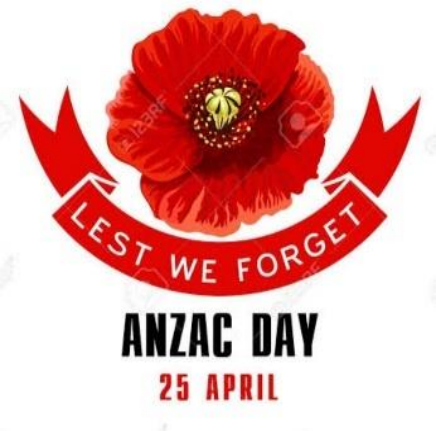
Cedric Ernest Howell of Eaglemont answered his country's call to serve in WW1.
He is the most highly decorated serviceman recorded on the Heidelberg War Memorial.
His last award for gallantry was post-humous.
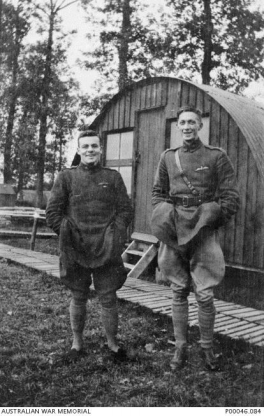
He survived the war but died flying a plane back to Australia.
He is one of the Eaglemont men and boys who did not return.
Ten Eaglemont citizens of fourteen who enlisted died in WW1. A daunting figure.
These deaths from the small Eaglemont population - a sparsely settled area in the Edwardian era.
Howell's address given by the military was "Myall", Hampden Street, Eaglemont.
( Thanks to Steven Barlow of the Heidelberg Historical Society we can cast some light on this -
"The house called Myalla is in Hawdon St Eaglemont. The new owner came into the HHS last year and we discovered that it was Howell’s widow’s house- or his family’s, I can’t remember. He also had some misinformation about the origins of the once pair of Edwardian houses that stood there. Myalla remains." {See addition information at the end of this post.}
One imagines a young private school educated boy of 19, training as a draughtsman, knew his own address, so we will put the discrepancy down to the hearing or literacy of the Army recruiting chappie.........)
He embarked from Melbourne on HMAT Anchises on 14 March 1916, a mere 10 weeks after enlisting.
He died on 09/12/1919 aged 22 of an aeroplane accident, St. George's Bay off Corfu, Crete.
He is buried at Warringal Cemetery, Heidelberg.
His wife Cicely Elizabeth Howell (nee Kilby) was listed as his next of kin.
Citation for his D.S.O. reads:
"This officer recently attacked, in company with one other machine, an enemy formation of fifteen aeroplanes and succeeded in destroying four of them and bringing down one out of control.
Two days after he destroyed another enemy machine, which fell in our lines, and on the following day he led three machines against sixteen enemy scouts, destroying two of them.
Captain Howell is a very gallant and determined fighter who takes no account of the enemy's superior numbers in his battles".
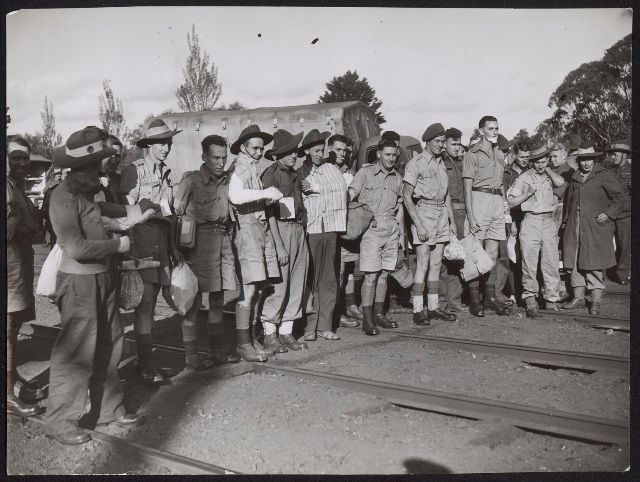
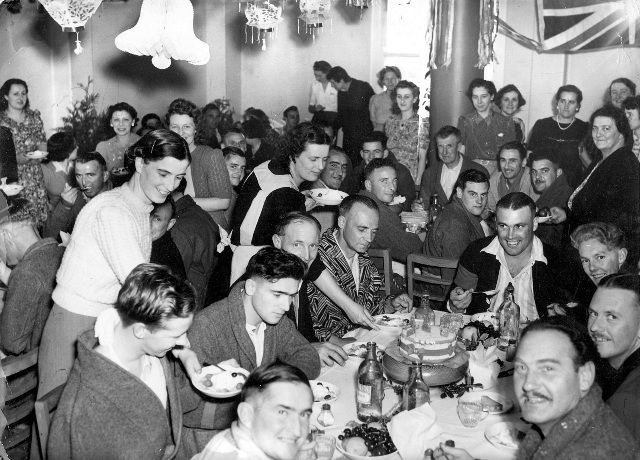

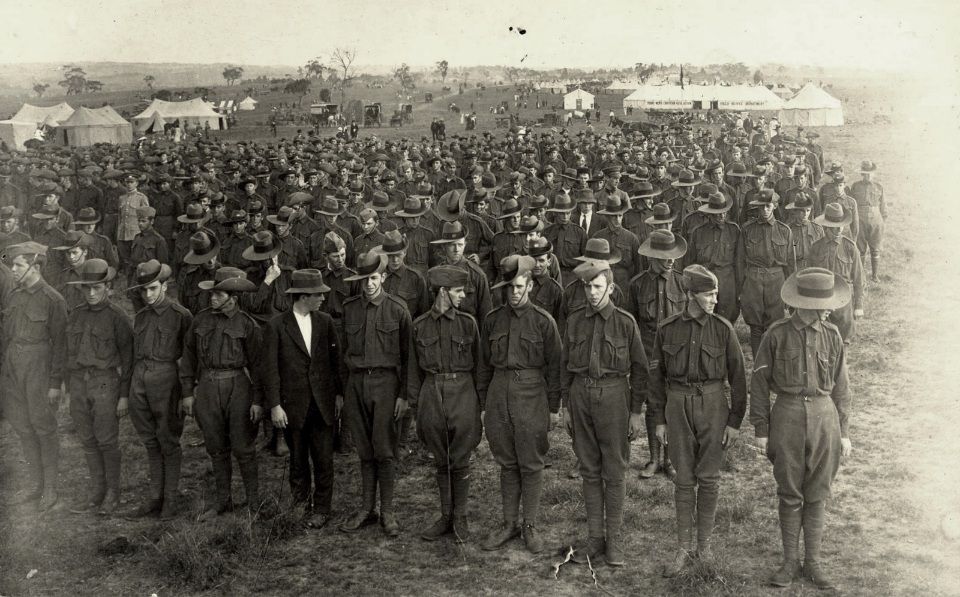

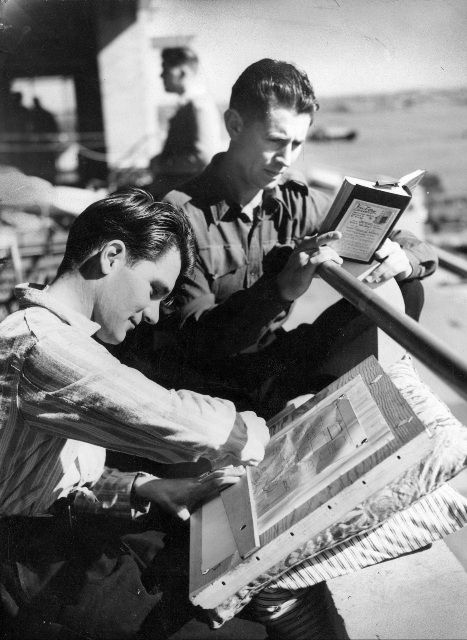
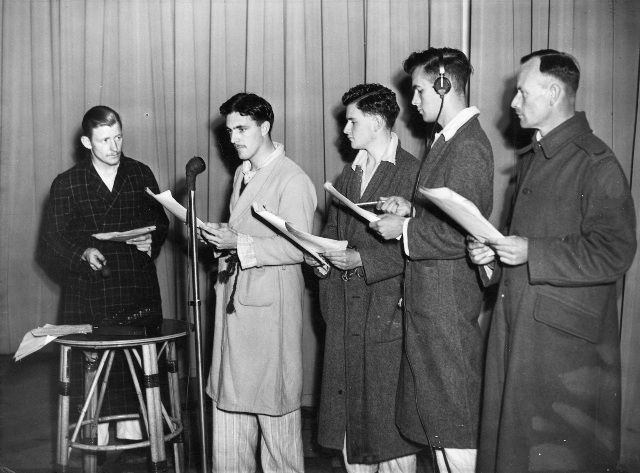
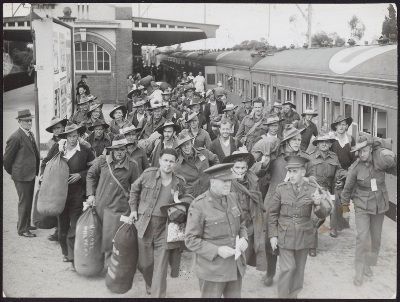
Notes on Cedric Ernest Howell : Howell appears on the Heidelberg War Memorial as the most highly decorated serviceman from the district, and proved one of the most difficult to track down.
The effort was, however, worth while, with Howell rising from a humble Private in the Infantry to a near-national hero in just under four years!
There is no mention of him on the AWM Honour Roll, nor are any of the awards mentioned; although Howell actually enlisted with the A.I.F., his fame was won with the British forces, and while there is an entry on the Commemorative Roll, it does little justice to the full story.
Howell joined up on New Year's Day, 1916 as a 19 year-old draughtsman. He had served five years with the Senior Cadets at Melbourne Church of England Grammar and was serving as a Second Lieutenant with the Citizen's Forces in Prahran when he enlisted.
He embarked with 14 Infantry Battalion in March, was appointed Acting Sergeant in July, 1916, but reverted to Private when assigned as part of reinforcements for 46 Battalion in France.
Howell was then appointed Lance Corporal on 1 November before transferring to the British Army Royal Flying Corps just ten days later. He was officially discharged from the A.I.F. (along with six others) on 16 March, 1917 when he was granted a Second Lieutenancy in the Royal Flying Corps.
After training, Howell was appointed as a Flying Officer to the Central Flying School on 25 July and married the English-born Cicely Elizabeth Kilby on 12 September before being transferred to Italy and 45 Squadron the following month.
On 1 April, 1918, the Royal Air Force was established as a separate body and Howell transferred as a Lieutenant.
His gallantry awards came in quick succession; the Distinguished Flying Cross in August, 1918, the Military Cross in September, and the Distinguished Flying Cross in November during the last few days of the war.
By the end of the war, he was an ace with 19 confirmed victories and was invested with the D.S.O. and Military Cross by His Majesty King George V at Buckingham Palace on 13 December, 1918.
The Distinguished Flying Cross was presented posthumously with his widow, Cicely noted at the Eaglemont address.
Howell was demobilized on 31 July, 1919, but continued to hold an Honorary Commission with the Royal Air Force and in August was selected by the Martinsyde Company as pilot-navigator England-Australia Air Race featuring a £10,000 prize offered by the Australian Government.
Accompanied by Air Mechanic Sgt. G. H. Fraser, 2025 Australian Flying Corps, Howell left Hounslow Heath, England on 4 December and reached Italy in their Martinsyde A1 aircraft without incident, but after taking off from Taranto en route at noon for Athens, a trip of around 400 miles, the pair were killed around 10 p.m. on 9 December, 1919 when their craft crashed into the sea in St. George's Bay, Corfu, Crete.
The circumstances of the accident were never fully determined, the general belief being that the aircraft ran into a storm and attempted to return to Taranto but either ran out of fuel or was forced down by the storm.
Records proved that the aeroplane fully refuelled at Taranto before taking off.
It was also suggested that with a cruising speed of 100 m.p.h., the aircraft should have reached Athens before dusk and it was presumed that Howell had lost his way and he probably see-sawed across the course looking for a landmark.
The situation was thrown into confusion when, after the pair had not been sighted for several days, Fraser's brother, a motor car importer in Sydney, received a cable sent from London on December 11 via his shipping agents that the pair had arrived at Athens on December 10.
Some hope was held that the men had been picked by a vessel bound for Athens before their loss was confirmed in Australia on December 15.
One report suggested an Italian destroyer had discovered an aeroplane upside down in the sea 10 or 15 miles off Corfu and towed it into St George's Bay, but a heavy surf prevented a boat from landing.
No bodies were sighted by the Italian crew, but the wreck of the aircraft was later discovered in ten feet of water.
Another report suggested a body had been washed ashore two days after the night of the presumed accident with papers that proved that it was that of Captain Howell, and that the British consul gave instruction to the local villagers to bury the body a few yards from where it was found.
Howell's remains were later exhumed and brought to Melboure on the s.s Brescia, which arrived on 19 April, 1920. Fraser's body was never found.
Captain Cecil Howell was buried the following day with full military honours at the Warringal Cemetery, Heidelberg, the cortege attended by a firing party and gun carriage. The pall bearers included Captain Brownell (see image) and a local survivor of the War, Captain H. Whittingham.
Doubts lingered over the published reports of his death and in September, 1920, the Prime Minister William "Billy" Hughes noted that the only information that Commonwealth had was in possession of the Defence Department and had been supplied by Britich authorities.
The Prime Minister declared he would ask the British to supply whatever information was available to the House.
Howell's wife, Cicely left England for Australia on the s.s. Orsova just before he took off, and it was said he hoped to overtake her at Naples.
Although reports of the disaster had reached Australia while the Orsova was in the Red Sea, authorities withheld the news from Cicely until they could remove all doubts as to Howell's fate.
A cable of confirming Howell's body had been found and identified reached Australia just before the vessel docked in Adelaide on 30 December and it was not until Howell's father met the boat there that she became aware of the sad tidings.
It was noted that she was not yet 21 years of age and was "in a delicate state of health" (aka pregnant) and had accompanied her husband on many flights.
She had wanted to fly to Australia with him, but permission was denied by the Martinsyde company. During her time in Australia, she had previously lived at "Myall" and later returned to 24 Bredon Gardens, Ealing, W18, London.
This article draws heavily on content from Wikinorthia and the Australian War Memorial.

Member discussion